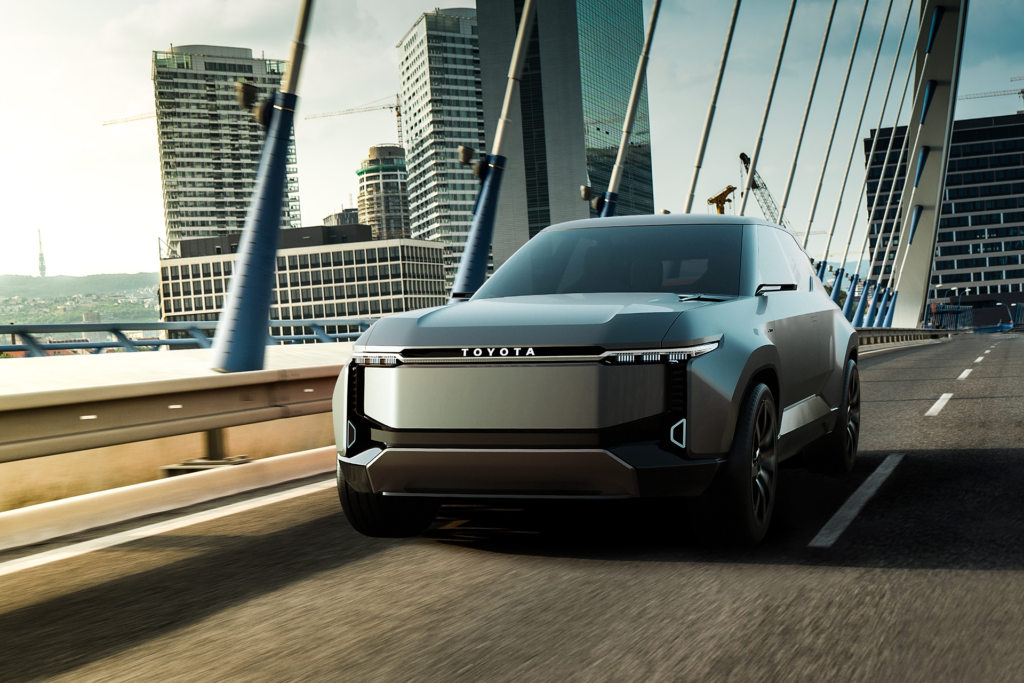
Australian buyers are driving a surprising turn in the electric vehicle story: plug-in hybrids (PHEVs) are booming, while fully battery-powered cars (BEVs) have levelled out. The shift is reshaping how households across the country think about electrification, capably illustrating that the road to decarbonising transport is anything but straightforward.
What’s happening with PHEVs and BEVs in Australia
- PHEVs now account for about a quarter of EV sales. In Australia, the debate rages over whether PHEVs are a stepping stone to BEVs or a hindrance to complete electrification.
- BEV sales have plateaued as a share of all new car sales, hovering below 9% for roughly two years. In contrast, PHEV sales have surged from around 1% to about 5% of total EV sales in less than a year.
- The growing PHEV segment is not limited to passenger cars; a shift is also visible in light commercial vehicles, where the BYD Shark and other PHEV options are expanding buyer choice.
Why Australians are buying PHEVs now
- Market dynamics and consumer demand: car buyers are opting for the perceived practical bridge between combustion engines and full electrification. PHEVs offer the flexibility of battery power for daily trips and a petrol backup for longer journeys.
- Utes and SUVs are leading the charge: roughly 20% of all vehicles sold in Australia are utes, and PHEVs now represent a meaningful share of that segment. The appeal isn’t limited to private buyers; tradies and small fleets are also turning to PHEVs to tame fuel costs.
- Availability and dealership strategies: manufacturers are stocking more PHEV options, even as some tax exemptions for PHEVs were trimmed. The market response suggests buyers are reacting to model availability and perceived practicality as much as price signals.
PHEVs, emissions and real-world performance
- Emissions depend on usage. When the battery is charged and used for the majority of driving, PHEVs can emit less CO2 than conventional petrol or diesel rivals. But if the battery is left idle or rarely charged, PHEVs can perform similarly to-or worse than-traditional powertrains over time.
- A European study using real-world data found many PHEV drivers don’t recharge consistently, which dampens the expected environmental benefits. The takeaway is that the environmental advantage of PHEVs hinges on regular charging.
- Expert perspectives vary. Some industry voices describe PHEVs as a transition technology that buys time for consumers and infrastructure while the BEV market matures. Others worry that PHEVs slow the decarbonisation curve if charging becomes sporadic or avoided.
Who is buying PHEVs in Australia?
- Real-world examples show a broadening appeal. In Sydney, a business owner swapped four diesel utes for PHEV equivalents, reporting substantial fuel savings when charging at home. This aligns with the broader trend of PHEVs appealing to users who need capability and range without sacrificing the convenience of electric driving for daily trips.
- The ute segment remains a critical battleground. Full BEV utes are scarce and comparatively expensive; the LDV eT60, the only BEV ute widely available in Australia, has faced supply and performance challenges. As a result, PHEVs have become a practical option for many tradies.
- Across categories, about half of PHEVs sold in 2025 were small or medium-sized SUVs, a class where BEV options exist but aren’t yet plentiful or affordable for all buyers.
Are plug-in hybrids good or bad for emissions?
- The answer isn’t simple. PHEVs are only as green as their charging habits. If owners consistently plug in and utilise electric range, PHEVs can offer meaningful emissions reductions. If not charged regularly, their advantage over conventional vehicles erodes.
- Some observers argue that PHEVs, in their current form, don’t decarbonise transport quickly enough to meet Australia’s climate commitments. Modelling for Paris-aligned targets anticipated PHEVs would make up about 4-5% of new car sales by 2030; today they’re flirting with that mark, suggesting a continued role but also a need for stronger incentives and infrastructure to push BEV adoption.
The future of PHEVs: transition technology or ongoing solution?
- Policy and market dynamics are in flux. In early 2025, a key tax exemption for PHEVs was removed, making ownership marginally more expensive through novated leases. Early industry expectations suggested this would curb PHEV sales, but sales slowed rather than stopped.
- Automakers aren’t retreating from plug-ins. Toyota’s RAV4 will offer a PHEV option from 2026, and BYD plans multiple new PHEV and BEV models in Australia over the next six months. The question is whether BEV utes and more complete BEV lineups will ultimately erode PHEV demand, or whether PHEVs will carve out a long-term niche.
- Some industry voices argue that BEVs are the destination, with plug-ins playing a practical, near-term role to accelerate uptake and reduce range anxiety. Others believe that growth in PHEVs will stabilise or even rise in the absence of stronger incentives and charging infrastructure improvements.
Conclusion
Beneath the headline of “PHEVs are taking over EV sales” lies a nuanced Australian reality. PHEVs are filling a demand for larger vehicles and longer-range capability at a time when BEV infrastructure and model options are still maturing. The result is a twisty path to decarbonisation, not a straight line. For real emissions benefits to crystallise, regular home charging must become the norm, BEV options must become more affordable and capable-especially in the ute and heavy vehicle segments-and policymakers should consider targeted incentives that nudge buyers toward BEVs without leaving behind existing PHEV users. In the near term, PHEVs will remain a significant part of Australia’s electrified landscape, with BEVs poised to take the lead as capacity, affordability and charging networks catch up.
FAQs
Are PHEVs better for the environment than petrol-only cars?
PHEVs can offer lower emissions when regularly charged and used primarily on electric power. If charging is infrequent, their emissions advantages diminish and may approach those of traditional petrol or diesel vehicles.
Do PHEVs hinder BEV adoption?
They can slow BEV uptake if buyers equate PHEVs with full electrification or if charging infrastructure remains insufficient. However, they can also serve as a stepping stone for drivers not yet ready to go fully electric.
How many PHEVs are on Australian roads?
PHEVs now account for roughly a quarter of EV sales, with steady growth in market share as more models enter the Australian market.
When will BEV utes become widely available in Australia?
BEV ute options are increasing, but affordability and availability remain barriers. Industry projections suggest a strengthening BEV ute market in the next few years as new models hit the streets.
What incentives exist to encourage BEV and PHEV adoption?
Incentives vary by state and federal policy. While some tax exemptions have changed, there are still be programs, rebates and favourable financing options designed to lower the cost of electrified vehicles and home charging infrastructure.
Which brands and models should Australians watch?
Toyota’s RAV4 (PHEV option from 2026) and BYD’s upcoming mix of PHEV and BEV models signal continuing competition. The Australian market is rapidly evolving, with OEMs introducing more plug-in options to meet diverse buyer needs.
About EV Evolution
EV Evolution is the leading online platform dedicated to Australian electric vehicle owners and enthusiasts. We foster a vibrant community, delivering essential EV news and insights, and enhancing user engagement through our innovative, AI-powered chatbot for dynamic discussions. Our mission is to empower Australian electric vehicle owners and enthusiasts by fostering a vibrant, AI-driven online community that connects, informs, and advances the nation’s electric vehicle landscape.




